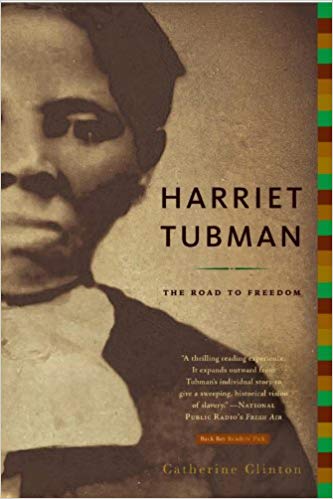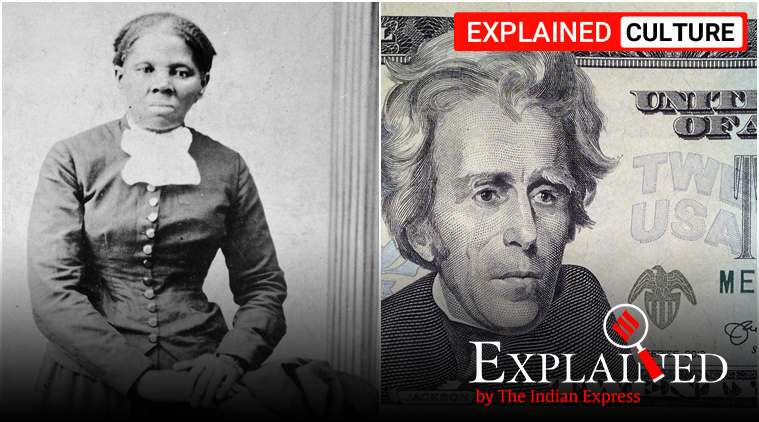

We live today as courtiers once did in royal courts: we must appear civil while attempting to crush all those around us.


The authors have created a sort of anti-Book of Virtues in this encyclopedic compendium of the ways and means of power.Įveryone wants power and everyone is in a constant duplicitous game to gain more power at the expense of others, according to Greene, a screenwriter and former editor at Esquire (Elffers, a book packager, designed the volume, with its attractive marginalia). Still: a clear, concise portrait of “Moses” in her milieux. The author assiduously paints the region’s cultural background and helps us imagine Tubman maturing within it, but is nonetheless forced to make frequent use of phrases like “little is known” and such words as “perhaps.” Clinton persists, giving more or less authentic accounts of Harriet’s childhood, her marriage to John Tubman (who did not flee the South with her), her escape to Canada, her numerous and increasingly dangerous returns to help free relatives and others, her rise to prominence in the Underground Railroad, her service to the Union in the Civil War (it took years to extract a $20 monthly pension from the government for her efforts), her many speaking appearances (she was by all accounts a stunning performer), her struggles to support herself and those who relied on her.Ī generous biographer, Clinton sometimes accepts too uncritically the many legends that proliferate in the fertile Tubman soil. Like all biographers of slaves, Clinton could consult only a slim file on her subject’s early years documentation is particularly scant in Tubman’s case because a courthouse fire in the 1850s destroyed important papers. (She died five years later-the year Rosa Parks was born.) The author then takes us back to the Eastern Shore of antebellum Maryland, where Araminta Ross, as Tubman was then called, was born sometime between 18. Clinton ( Civil War Stories, 1998, etc.) begins in 1908, when the elderly Tubman appears at the opening in Auburn, New York, of the Harriet Tubman Home for the Aged and Indigent, her last great public endeavor. 1262), this new account of “the Black Moses” trots along at a brisk pace. Less hobbled by academic conventions than Kate Clifford Larson’s recent Bound for the Promised Land (p. Well-written bio of the former slave who became an engineer on the Underground Railroad, a loyal supporter of John Brown, a Civil War nurse and spy, and a fiery advocate for women’s suffrage.


 0 kommentar(er)
0 kommentar(er)
